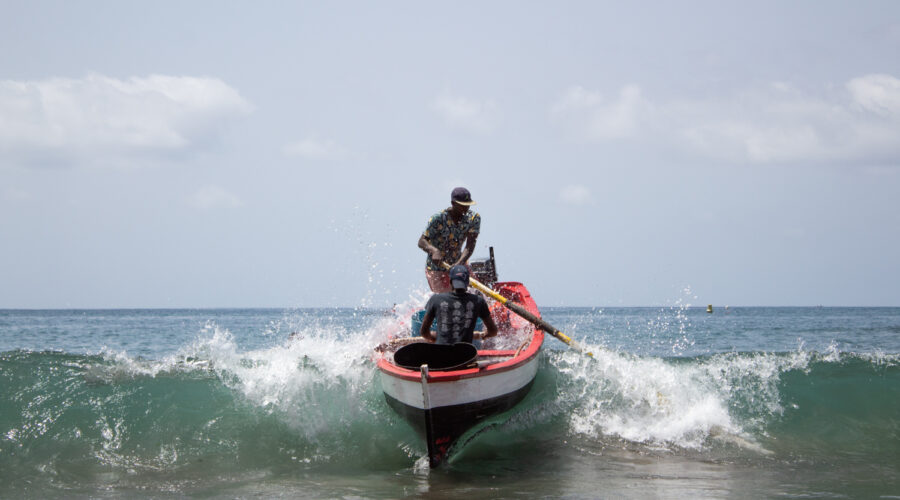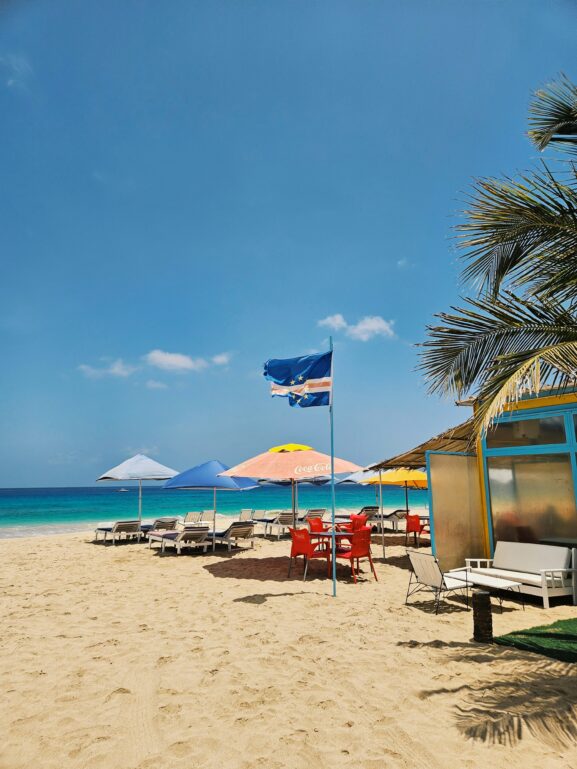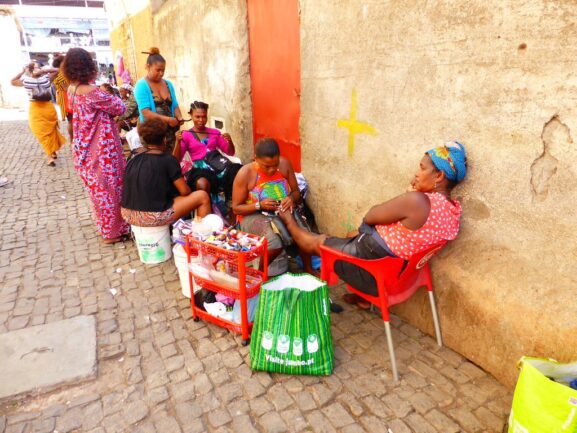Cape Verde’s Marine Wealth
As an archipelago of unparalleled beauty in the Atlantic Ocean, Cape Verde boasts an impressive marine wealth. The waters around the islands are home to an extraordinary variety of life, from tiny plankton to majestic whale sharks.
It’s safe to say that Cape Verde is a little paradise in the middle of the Atlantic. Due to its blue economy, the seas of the Cape Verde islands have a vast marine wealth.
There are more than 800 species of fish, five species of sea turtles, 28 species of marine mammals and countless species of invertebrates.
Seas
As a small country surrounded by seas, Cape Verde is located in the middle of the Atlantic Ocean and the islands are formed purely by volcanoes. In terms of sea beaches, there are more than twenty in the archipelago.
The color of the sea is very versatile, but generally ranges from crystal blue to light blue or greenish. The areas leading to the sea are clean.
The sands are white, but there are also black sands, depending on the beach. On the islands of Maio and Boavista there are sand dunes that are a real tourist attraction.
Generally, the color of the sea is either crystal clear or it varies from somewhat blue to greenish. The areas leading to the sea are clean. Although there is marine pollution in Cape Verde, the situation is far from alarming.
With regard to sea sands, the only problem the government has been tackling is their collection in some places. This problem is generally due to the lack of jobs in the country, and people pick up and sell sand to get around unemployment.
The sea beach of Cidade Velha, located in Ribeira Grande de Santiago, despite being a historic, cultural site, considered a UNESCO World Heritage Site, and which for years has received a lot of tourists, unfortunately has this problem of a lack of sand by the sea.
Marine biodiversity
Cape Verde’s natural navy has an extremely rich biodiversity, with more than 3,300 catalogued species, including many endemic ones. The fauna and flora are unique, with sea turtles, birds and plants such as the Santiago dragon tree. Preserving these endemic species is crucial for the country’s environmental health.
With regard to turtles, for years now there has been a no-turtle law. As a result, a number of environmental foundations and associations have sprung up and are working tirelessly to stop the harvesting and sale of turtle meat throughout the country.
Today, turtles and their nesting grounds are the tourist attractions in Cape Verde. They even form part of the symbols on Cape Verde’s postcards.
Of the five species of turtles that exist in Cape Verde, approximately thousands are born every year.
The beaches of Sal, Boa Vista and Maio are the most important for turtle nesting in Cape Verde.
As for the endemic birds of this archipelago, Cape Verde boasts a rich and diverse avifauna. Despite its small size, the country is home to more than 250 species of birds, 10 of which are endemic and can only be found in this archipelago.
For researchers and biologists, Cape Verde is undoubtedly the right country to further their research and knowledge.
Currently, the only island in the country that is “virgin” in environmental terms is the island of Santa Luzia. Because it is uninhabited, the island is often home to many marine species, often rare or endangered, and has sea beaches “untouched” by environmental pollution.
The colors of the sea on the island of Santa Luzia are simply breathtaking! If you want to visit this uninhabited island, you can try to venture out and you’ll probably get there.
Fishing
20% of the fish species are endemic to Cape Verde, which means that they cannot be found anywhere else in the world.
So, if you come to Cape Verde, you’ll eat plenty of fish, of different varieties and dishes if you want to.
Of the 9 inhabited islands, fish is eaten almost every day. So much so that there is the famous “Kavala Fresk” festival, an annual festival that celebrates Cape Verde’s most popular fish, the mackerel.
The festival, which takes place every year in the city of Mindelo, on the island of São Vicente, is aimed at highlighting the richness of the sea.
Canned tuna production
In Cape Verde there are some fish factories, for example “Frescomar”, an old company known for producing tuna.
Those tuna are delicious. If you’ve tasted it once, you’re sure to taste it again and again.
Almost everywhere you go, you’ll find these tuna for sale. It should be noted that these products are made entirely with fish from the islands.
And the quality and taste of the product are very good, to the point of being exported to some countries. Just as a curiosity, the fish from Cape Verde tastes very good, and the price is even better, very affordable for everyone.
For this reason, Cape Verde is very much characterized by fishing. Many men and women make their living from these jobs. So it’s quite normal to come across a fishmonger selling this … on the streets of the city or from house to house in rural areas.
Although Cape Verde has limited natural resources on land, it has enormous potential in terms of the blue economy, driven by the vastness of its territorial sea. The government has made a strategic investment in this sector, recognizing it as crucial for the country’s sustainable development.



